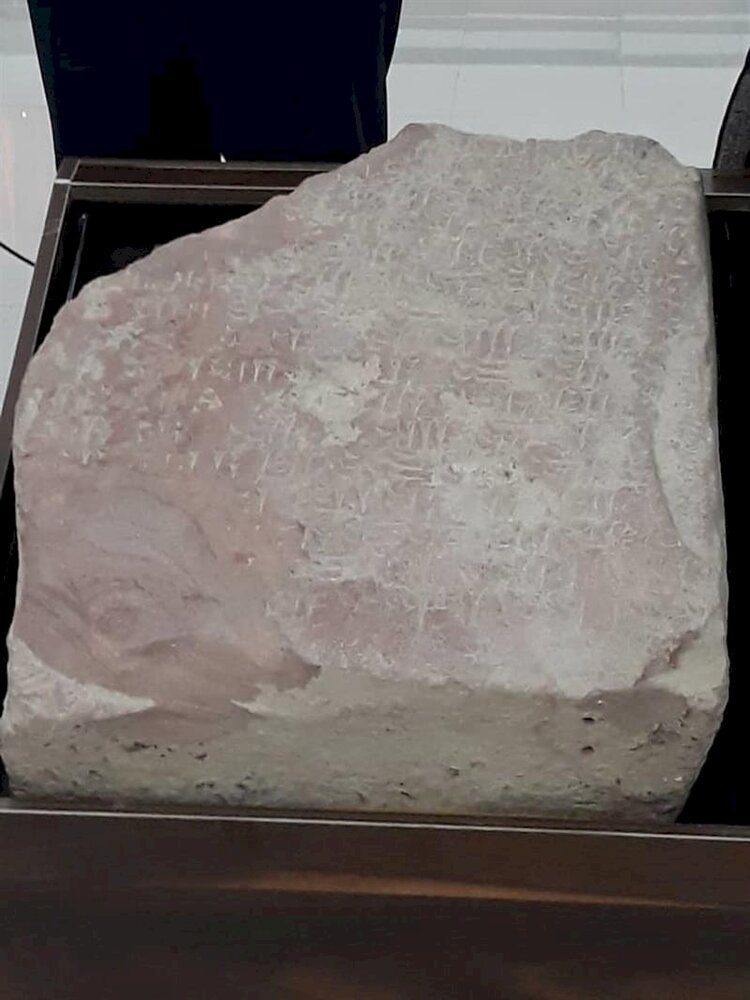Newly-unearthed Urartian inscription to go on show in northwest Iran

TEHRAN – A millennia-old Urartian inscription will go on display at the city of Qarahziyaeddin where the object was excavated weeks ago.
Attributed to the Urartu kingdom (860 BC – 590 BC), the inscription was discovered in a survey conducted in the ruined Bastam citadel of West Azarbaijan province, CHTN reported.
The Urartu kingdom rose to power in the mid-9th century BC, but it went into a gradual decline and was eventually conquered by the Iranian Medes in the early 6th century BC. The Urartians were succeeded in the area in the 6th century BC by the Armenians.
Urartu, an ancient country of southwest Asia centered in the mountainous region southeast of the Black Sea and southwest of the Caspian Sea. Today the region is divided among Armenia, eastern Turkey, and northwestern Iran. As mentioned in Assyrian sources from the early 13th century BC, Urartu enjoyed considerable political power in the Middle East in the 9th and 8th centuries BC.
According to Encyclopedia Iranica, the territory of the ancient kingdom of Urartu extended over the modern frontiers of Turkey, Iran, Iraq, and the Republic of Armenia. Its center was the Armenian highland between Lake Van, Lake Urmia, and Lake Sevan. Urartian archeological finds in modern Iran including castles, settlements, water channels and other water constructions, rock chambers, rock graves, stelae, rock inscriptions, and building inscriptions.
AFM
